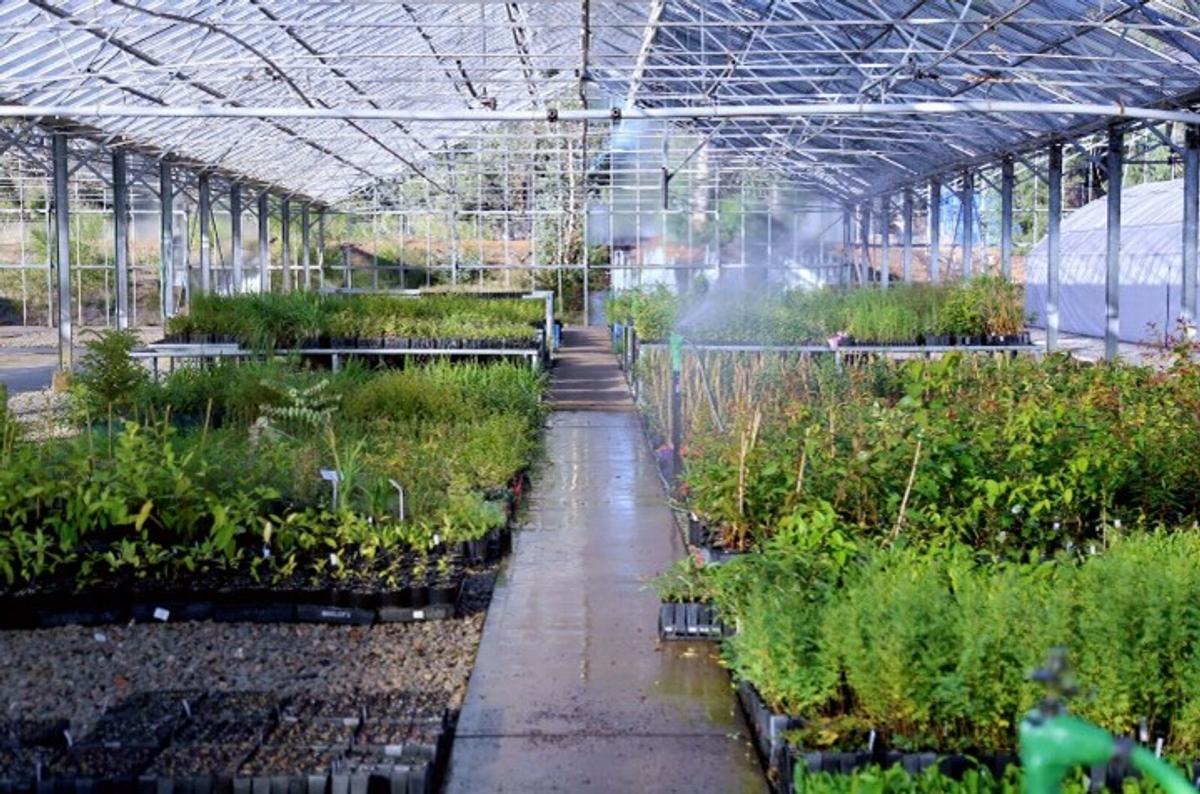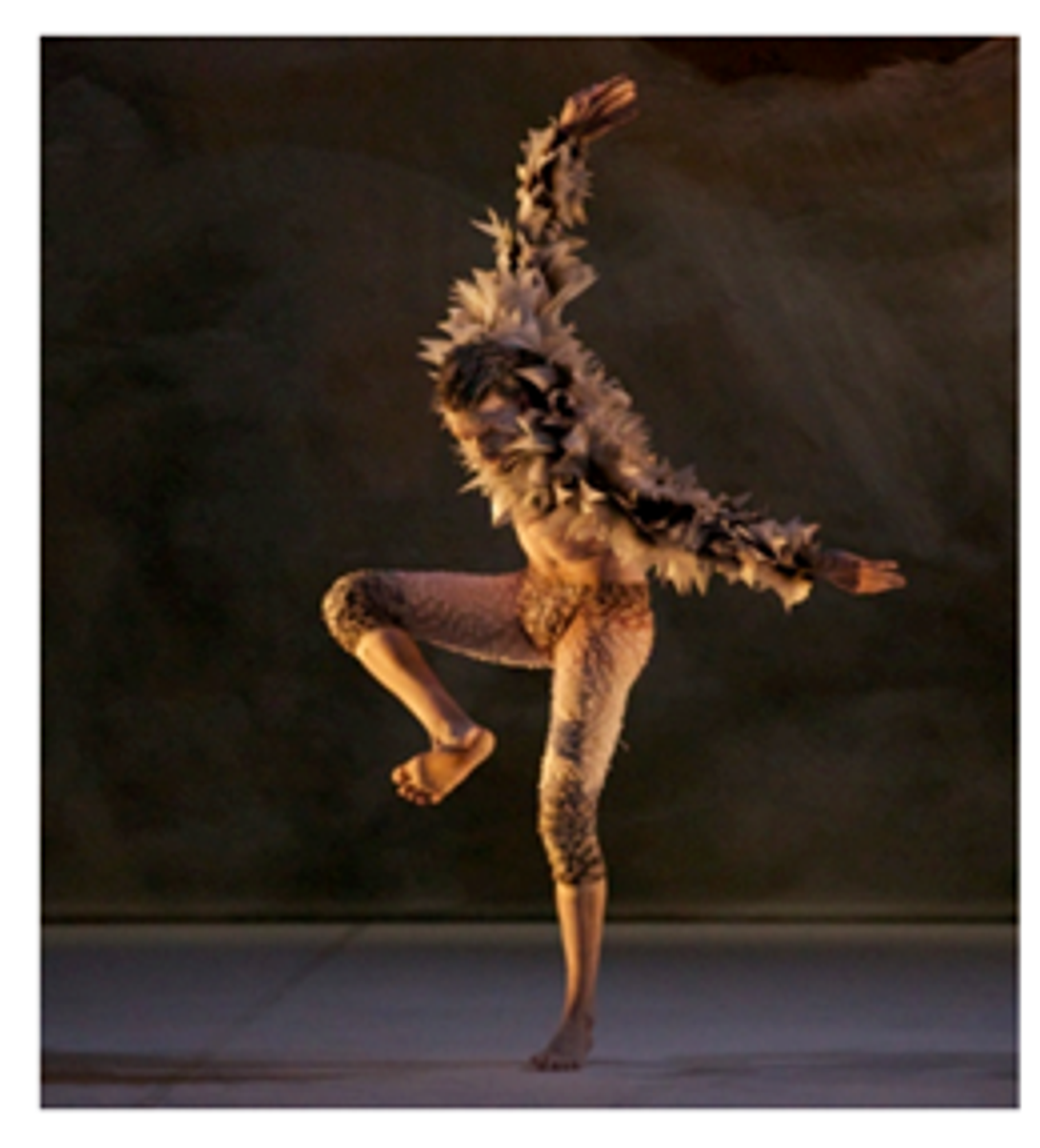Aboriginal Education
Mrs Clements

Aboriginal Education
Mrs Clements
MOB Day - 19th September
Students from the Carlingford network of schools have enjoyed a unique On Country experience at Muogamarra Nature Reserve north of Sydney. We were lucky to send Chloe H and Annabelle C to attend on behalf of Roselea Public School.
The first Big Mob Day brought 51 Aboriginal and Torres Strait Islander students from 15 schools together to build connections and create a sense of belonging.
Students participated in age-appropriate activities to learn more about Aboriginal culture, and respect and management of Country.
Students also participated in stone axe making and weaving workshops. Ms Wright- Assistant Principal at Carlingford West said she hoped Big Mob Day would also help build a sense of community among the Aboriginal and Torres Strait Islander students in the Carlingford network of schools.
“We’re in an exceptionally large school of more than 1800 children,” Ms Wright said.
“Our First Nations kids here in Years 4, 5 and 6 now have that connection and when they see each other in the playground, they get excited."
“Through Big Mob Day, these students can get to know other students in our area, and when they transition to high school, they’re going to feel that they belong.”








NSW Aboriginal Languages - Week 3
NSW Aboriginal Languages Week is a time to celebrate and honour Aboriginal Languages and their past, present and future. During Week 3, Term 4, NSW public schools and early childhood education centres shone a spotlight on various Aboriginal Languages across NSW and came together to reawaken, grow and nurture Aboriginal Language and Culture through learning.
At Roselea, staff completed Professional Learning on ‘Languages alive, let cultures thrive’. This powerful intergenerational conversation focussed on the importance of language revitalisation and reclamation. We joined Brenda Mitchell and Temicka Lawson from Paakantji Country, and Glen Cook and Eli Cook from Bundjalung Country, as they discussed their experiences, challenges and shared passion in supporting their respective communities and schools to reawaken, grow and nurture Aboriginal Languages.


K-6 Language Lessons
Across K-6 all students have learnt Darug language with Aunty Jacinta Tobin. Greeting such as “Hello Friend”, “Good to see you” and “Goodbye”. Classes use such greeting in their creative arts lessons to greet and farewell the teacher each lesson. Lessons have also been delivered using a variety of text created by Jasmine Seymore and Leanne Mulgo Watson. This approach allows children to understand language and see this used in text and artwork.






Cooee Mittigar, meaning Come Here Friend, is an invitation to yana (walk), on Darug Country. In this stunning picture book, Darug creators Jasmine Seymour and Leanne Mulgo Watson tell a story abo Darug Songlines, introducing children to Darug Nura (Country) and language.
With Darug language interspersed with English and an extensive glossary throughout, Cooee Mittigar presents an important tool for learning, told as a tender story with exquisite illustrations. It is Jasmine and Leanne’s wish that with this book, everyone will know that the Darug mob are still here and still strong.
Students in Years 3-6 were also exposed to different Aboriginal Languages across NSW through story of Yinabildanhi, fishing story. This not only deepened their understanding of such but allowed them to immerse in being exposed to different language dialects. They also completed a lesson on Aboriginal Sign Language.




K-2 Gumbaynggirr Language Lesson
K-2 students were lucky to join a live stream to enhance their understanding of language, song and movement. On Friday 27 October, the students joined Uncle Micklo Jarrett for a virtual Language lesson in Gumbaynggirr. They learnt more about Gumbaynggirr Language and Culture through stories, song and movement. It was lovely to see them connect with so many children across New South Wales.










Roselea Aboriginal Artwork
Mrs Clements has been working with an exceptionally skilled artist, Mandy Draper a First Nations artist from Darug country. Mandy is passionate about sharing her story, and sharing how art can have the ability to positively impact people's lives.


Mandy's contemporary artwork reflects the connection from coastal to hinterland and her surroundings, the animals, people and sharing her connections with her cultural identity. She has designed a specific artwork connecting Roselea to country.
The artwork represents Roselea School, connecting with students, teachers and the community. It also shows the Hawkesbury River (Dyarubbin in Darug language) it also shows the Blue Mountains and the Three Sisters (Dreamtime story).
This work will be featured within the school.


Roselea 'Bush Tucker' Garden
This term, Mrs Clements has been working with a Darug Aboriginal Enterprise in Western Sydney “Muru Mittigar”, to arrange for a bush tucker garden to be established in the school. The Muru Mittigar Native Nursery is a wholesale and retail nursery, specialising in growing plants from provenance seed collected in the local area. The emerging plant lines include bush tucker plants, with species chosen from across Australia and natives.
One garden has been created with:
- Aniseed Myrtle- Syzygium anisatum
- Old Man Saltbush- Atriplex nummularia
- Yam Daisy- Microseris lanceolata
- Native Parsnip- Trachymene incisa




Our Aboriginal students, along with Mrs Clements and Mr Broome (General Assistant), are excited to take care of the garden and look forward to extending on this project in the coming months.
AECG Visit - Learning with Dave Lardner
Roselea is very lucky to have an ongoing partnership with President of Aboriginal Education Consultative Group- Dave Lardner. Dave is of Dunghutti heritage who is also Aboriginal Studies Association Executive and President Hornsby AECG.
Now retired, Dave Lardner has been an experienced high school teacher in the subjects of Aboriginal studies, geography and history. In recent years, he has fulfilled the role of Senior Education Officer for Met North Region and more recently, the Macquarie Park Network. Dave also spent some time at the NSW Aboriginal Education Consultative Group (AECG) as their Curriculum Officer, developing a number of resources and teacher professional learning content. He is an Executive Member of the Aboriginal Studies Association and President of Hornsby Local AECG.
Dave has been working with Roselea and our Aboriginal students to develop an Acknowledge to country for our school. Over the past two years he has provided Learning opportunities for our students.
During his last visit, Dave, taught the Year 5 students about Aboriginal burning practices. Further, he took Year 2 students on a walk around the school identifying different Flora and how such is used in Aboriginal culture. The students had an excellent day working with him.










Learning Dance Appreciation through Bangarra Dance Company
This Term in Creative and Performing Arts, children from 3-6 have been exploring the work by Bangarra Dance Company. Bangarra is an Aboriginal & Torres Strait Islander organisation and one of Australia’s leading performing arts companies, widely acclaimed nationally and around the world for its powerful dancing, distinctive theatrical voice and utterly unique soundscapes, music and design.
Recognised nationally and internationally for distinctive theatre productions that combine the spirituality of traditional culture with contemporary forms of storytelling though dance, Bangarra was founded in 1989 by American dancer and choreographer, Carole Johnson. Since 1991, Bangarra has been led by Artistic Director and choreographer Stephen Page. The company is based at Walsh Bay in Sydney and presents performance seasons in Australian capital cities, regional towns and remote areas. Bangarra has also taken its productions to many places around the world including Europe, Asia and USA.
The children have been learning about performances such as; Terrain, Moth and Sand Song. Their learning has looked at the following:





